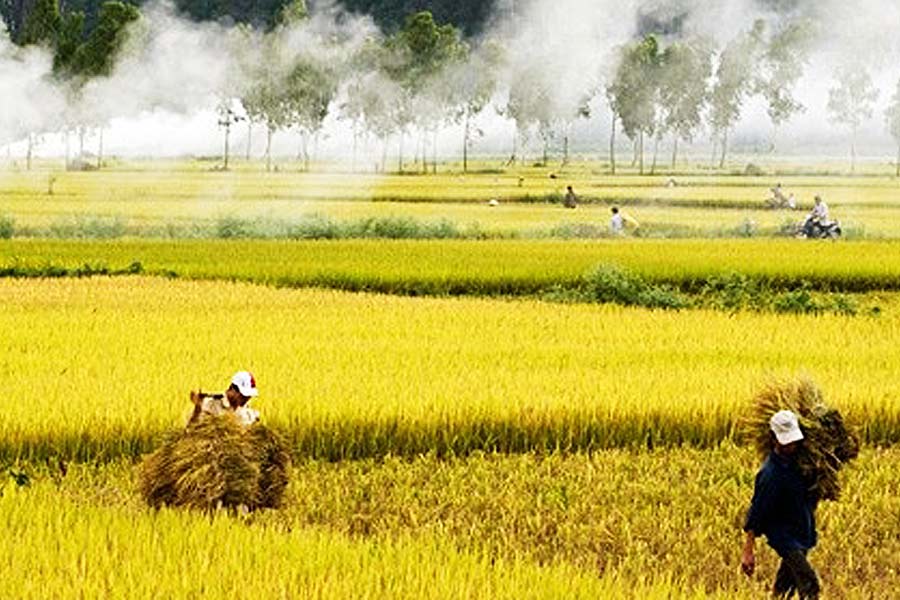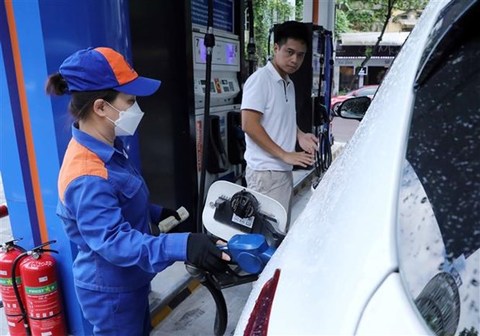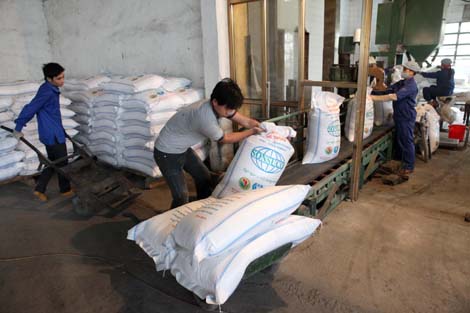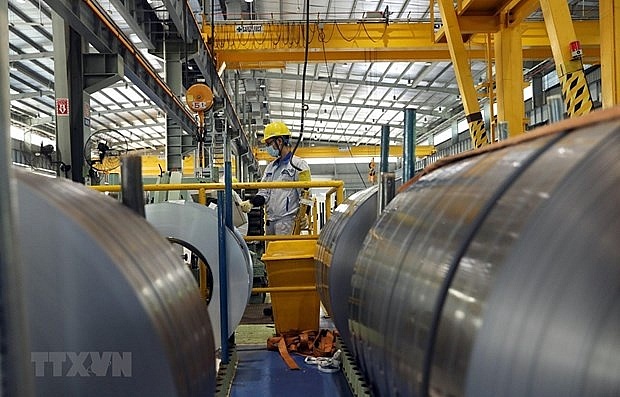Bright prospect for rice export this year
Bright prospect for rice export this year
Many countries have increased rice imports to ensure food security, which offers Viet Nam a chance for to boost its exports of the grain, according to the Ministry of Industry and Trade.

Speaking at a meeting held by the ministry in HCM City on February 21 to review exports of the grain, Tran Quoc Toan, deputy director of the ministry’s import-export department, said this year many countries would have high demand to increase their reserves amid the inflation and geopolitical conflicts, while major exporters had reduced exports to ensure domestic food security, he added.
Last month the US Department of Agriculture forecast global rice trade to fall by 4 per cent in 2023.
Nguyen Ngoc Nam, chairman of the Viet Nam Food Association, said: “Major importing markets like Indonesia, the Philippines, Africa, and Bangladesh have increased their outlays to ensure big inventories … while exporting countries (India, Pakistan, Thailand, and others) are keeping a close eye on production to come up with appropriate export policies.”
Demand in traditional markets such as the Philippines, China and Africa would be steady in the first half of the year, he said.
Indonesia imported 450,000 tonnes of rice last year, less than its planned 500,000 tonnes, and so could import the remaining volume this year, he said.
Indonesia's state procurement agency Bulog planned to buy 2.4 million tonnes in 2023, he said.
The Philippines imported 3.79 tonnes last year, 37 per cent more than in 2021, to offset declining inventories caused by unfavourable weather, he said.
Viet Nam was its biggest supplier, he said.
This year the country plans to import 2.5 million tonnes since its domestic output is expected to be higher than in previous years.
Nguyen Phuc Nam, deputy head of the Asia-Africa market department, said with China lifting its COVID restrictions, exports to that country is expected to increase.
But Viet Nam would find it hard to increase exports strongly since China had diversified its import sources, he warned.
According to the Department of Crop Production, Viet Nam expected to produce about 24 million tonnes (about 12 million tonnes of rice) of paddy this year. After serving local consumption, the country has about 6.5-7 million tonnes of rice for export.
To promote exports this year, he said exporters should enhance trade promotion in traditional markets, potential markets such as Iraq and countries with whom Viet Nam has FTAs.
They also needed to utilise online platforms, he said.
But the positive signs notwithstanding, exporters face difficulties like lack of resources, high lending interest rates and high costs of inputs, according to Nam.
The State Bank of Vietnam should set aside a lending package at preferential interest rates for rice exports, and the Ministry of Industry and Trade and other ministries and agencies should canvas it.
Only 22 firms are licensed to export rice to China and have quotas, and so Dong Thap Province and Can Tho City among others have said the trade ministry needs to work with China to increase the number.
Viet Nam exported 7.1 million tonnes of rice for a value of US$3.45 billion last year, a year-on-year increase of 13.8 per cent in volume and 5.1 per cent in value.




















